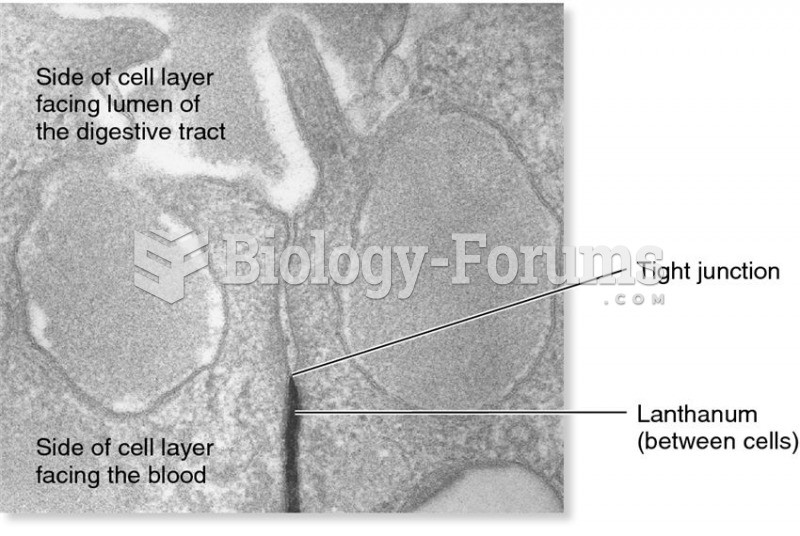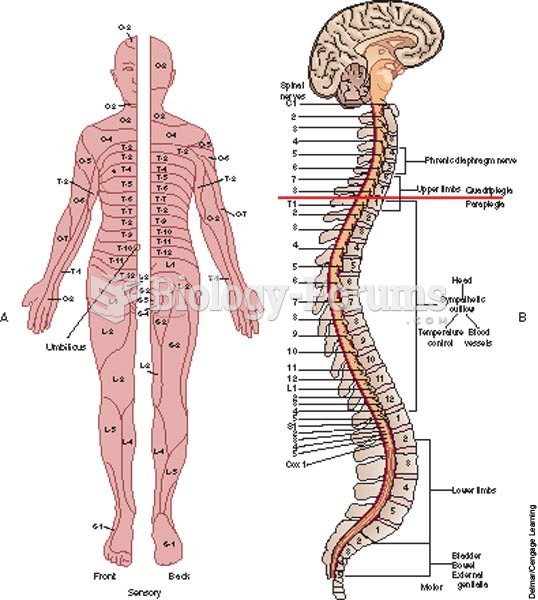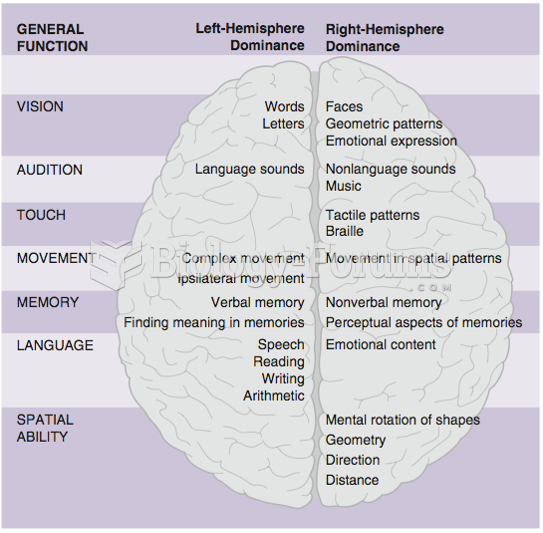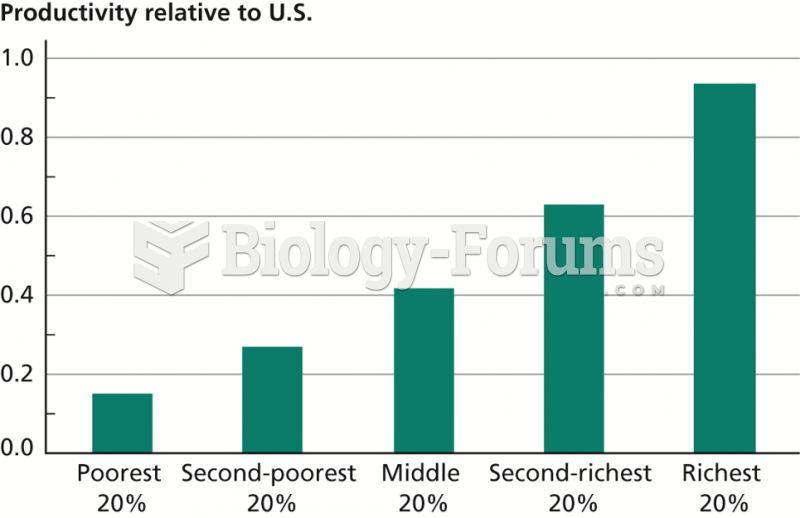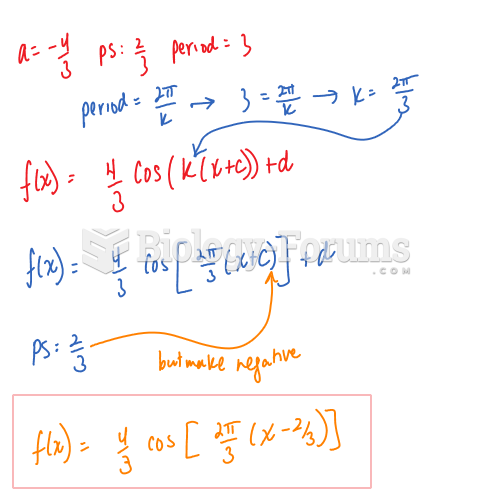Leaders who function primarily by clarifying role and task requirements to accomplish established goals exhibit a(n) ________ style of leadership.
A) transformational
B) transactional
C) charismatic
D) laissez-faire
E) employee-oriented
Question 2
Which of the following scenarios reflects a transactional approach to leadership?
A) Samuel Perez has been running a small automobile service agency with a set of employees that he hired and trained over a decade ago. Though the business is mediocre and profit margins are not substantial, the employees work well as a team because each of them treats the other as equal, just like Samuel himself does.
B) Carol Turner began V Care, a non-profit organization, with the purpose of battling various forms of abuse. As the organization grew, she took care to hire employees who felt the same kind of sensitivity she felt for victims of abuse. Today, she openly proclaims that the organization that she started is successful because every single employee shares and understands what the organization is aiming for.
C) When new projects come, it is a time of excitement for the content production team of Impact, an advertising agency. Lori Wood, the department head, begins a project meeting by having her whole team envision what the final product of this campaign must aim at. She then sets progressively higher standards for the team and clarifies what each member of the team stands to gain if the project is a success. In allocating roles and tasks, she often incorporates the needs and preferences of her team members.
D) Wayne Torres believes that setting targets, monitoring employee performance, and correcting defaulting employees are his tried and tested ways to accomplish tasks. He rewards employees who do well and match his predetermined expectations and recognizes accomplishments that he values. His team, however, has not grown substantially and seems to be at a functional status quo.
E) Glenn Cruzz works at Leverage as a senior consultant. She ensures that her team of consultants has a framework of flexible tools and skills to help clients who come their way with diversity and inclusion issues. Through audits, research, and workshops, her team is encouraged to come up with unconventional solutions that help clients establish and leverage its employee diversity.


